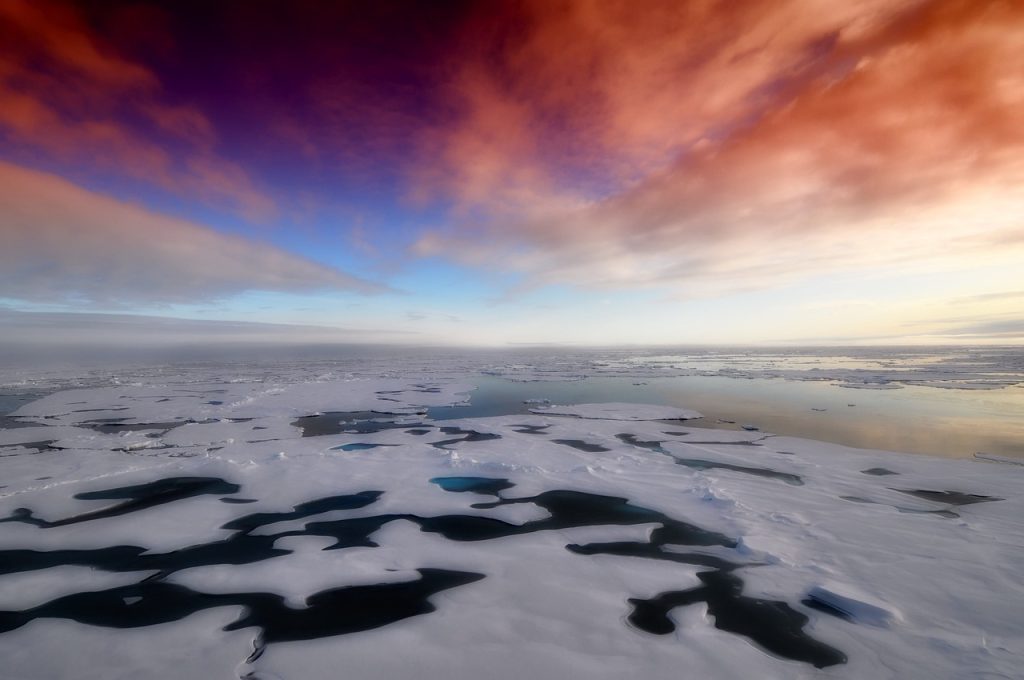
A new study, funded by a partnership between CPO’s Climate Observations and Monitoring (COM) Program, Climate Variability and Predictability (CVP) Program, and NOAA’s Global Ocean Monitoring and Observing (GOMO) Program, improves our understanding of previously elusive biology beneath sea ice in the Southern Ocean. The partnership supports PhD student Shannon McClish and scientist Seth Bushinsky of the University of Hawai’i at Mānoa to pursue a project advancing new ocean observing technologies. The paper, published in Geophysical Research Letters, sheds new light on biological processes in the Southern Ocean and how they may evolve with future climate changes.
Sea ice expands around Antarctica in the wintertime, covering parts of the Southern Ocean. Our understanding of the carbon cycle in these ocean waters has been limited by the challenge of observing nutrients and phytoplankton blooms under the sea ice. Recent advances in ocean observations include the Southern Ocean Carbon and Climate Observations and Modeling project, which uses a system of about 200 robotic floats that measure biogeochemistry. When analyzing these observations, the authors found something surprising. Most phytoplankton productivity occurs before the sea ice has broken up, and thus was not observable until recently. This discovery suggests that nutrients like iron are supplied by melting ice, feeding phytoplankton communities and having a potential impact on broader ecology in the Southern Ocean. Climate change is already impacting the extent and timing of sea ice cover in these waters, and this study illustrates the importance of linking our understanding of sea ice and biological processes to better predict future ocean conditions. The authors will continue to work toward the COM/CVP/GOMO initiative to use new ocean observations in innovative ways and support NOAA observing and climate modeling communities.
For more information, contact Clara Deck.
Image credit: Pixabay


